By Guest Author Mary Colwell, Conservationist, Author, and Director of Curlew Action
I love to think of the United Kingdom and the United States having a link through Curlews, a natural bond across the Atlantic Ocean. Your Curlew, the Long-billed (Numenius americanus), is a spectacular cousin of our Eurasian Curlew (Numenius arquata), and true to form, yours is bigger! The Long-billed can boast a bill length of 20 cm, the Eurasian- a mere 15 cm. To truly appreciate Curlews it is best to get an up-close view with binoculars or scope if you can, as they are notoriously skittish on approach. From a distance they can appear dull, grey-brown birds, often seen on grey-brown mud,
…but close-to, they take your breath away.
Both species are truly lovely to look at, sharing the intricate, subtle patterning of grey, brown and cream feathers, a sculptural, downward curving bill and graceful posture.
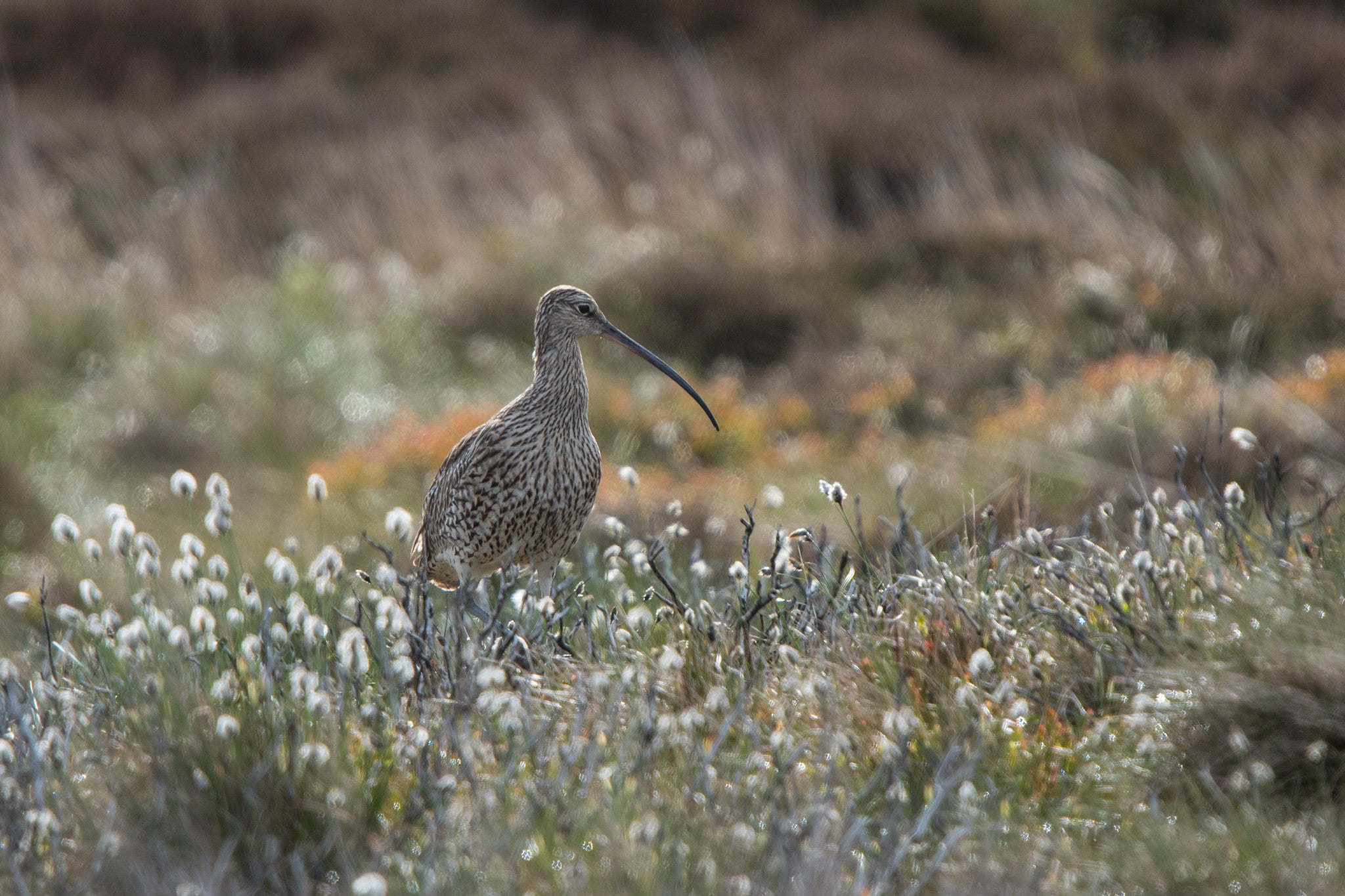
Both move with ease over sticky mud or grasslands and use their long, crescent bills to delve deep to find food beneath the surface or to pick insects off vegetation. The physical beauty of Curlews is in the detail of their feathering and their curvaceous, elegant form.
We are lucky to have them gracing our landscapes.
There is one difference though. May I respectfully venture that our Curlew has a similar but more powerful, melodious, and haunting call? The Eurasian Curlew’s mating song is thrilling to hear, a bubbling sound that seems to rise from the earth itself. It is a crescendo of notes, boiling over and trailing away as it soars on fresh winds.
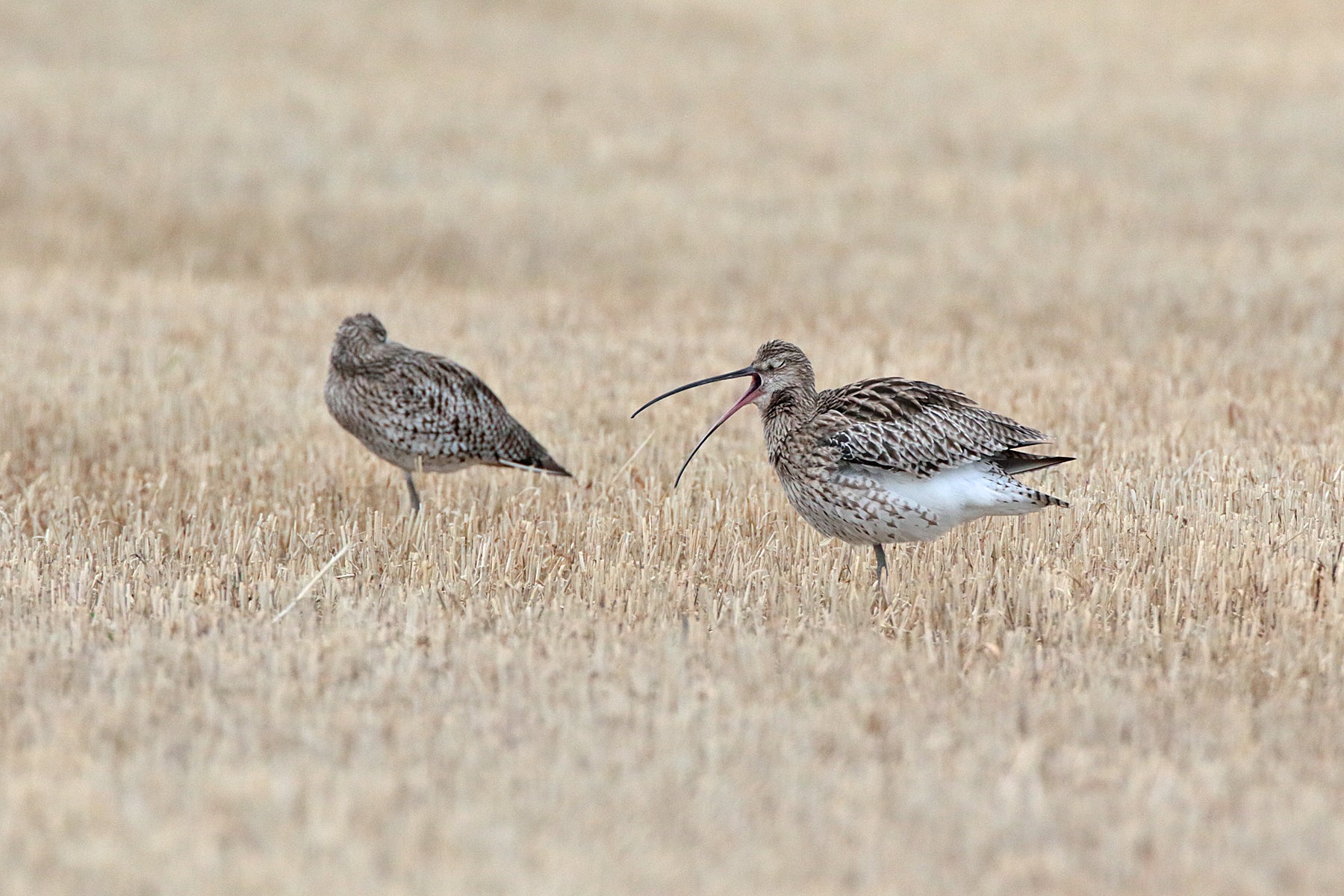
It is mostly heard in the spring, and such is its attraction musicians, artists, poets, and writers have been inspired for generations. Poets WB Yeats and Ted Hughes count amongst those who have heard a Curlew and felt their souls shift in response. It is at once bitter-sweet, passionate and ecstatic; it combines joyfulness with sadness, and it is imbued with longing.
I challenge anyone to hear a Eurasian Curlew calling over a wildflower meadow or windswept moor and not stop in their tracks to marvel.
The Eurasian Curlew is our largest wading (shore) bird by quite some way. They spend the winter on the coast feeding on mudflats and rocky shores and breed inland on farmland, rough grassland, and moorland. The UK has a quarter of the world’s breeding population, it is estimated we have around 58,000 breeding pairs, and that figure rises dramatically in the winter when we host many thousands of European Curlews who sit out the cold months around our relatively warm coastline.
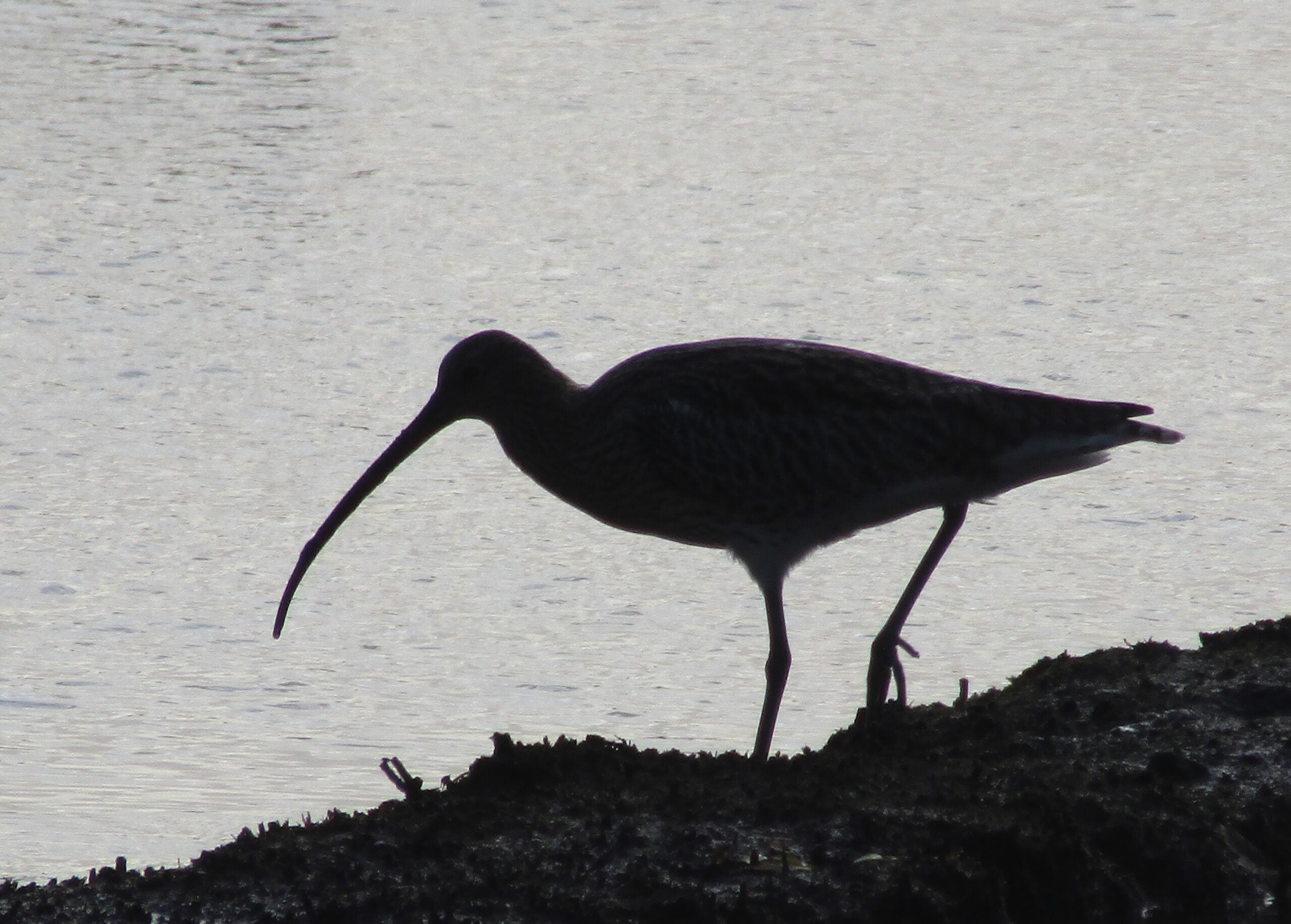
These are the easiest seasons to see Curlews in the UK, come the spring the numbers thin out as the Europeans go back to their breeding grounds across northern France, Germany, Eastern Europe and Scandinavia.
Our own breeding birds head inland; but they return to an uncertain future.
It is not the number of adult birds that is so concerning, it is the number of young being produced. Curlews are long lived, up to 30 years, so they may keep coming back to their breeding grounds year after year, but in most areas they produce very few fledglings.
Sheer numbers of adult birds may be hiding the real problem, which is lack of recruitment. Too many eggs and young chicks are being predated or lost to agricultural practices, so much so that the population is no longer sustainable. At some point, we may see a sudden and dramatic fall off of returning birds as this ageing population disappears…
…and I wonder if we are at that point now.
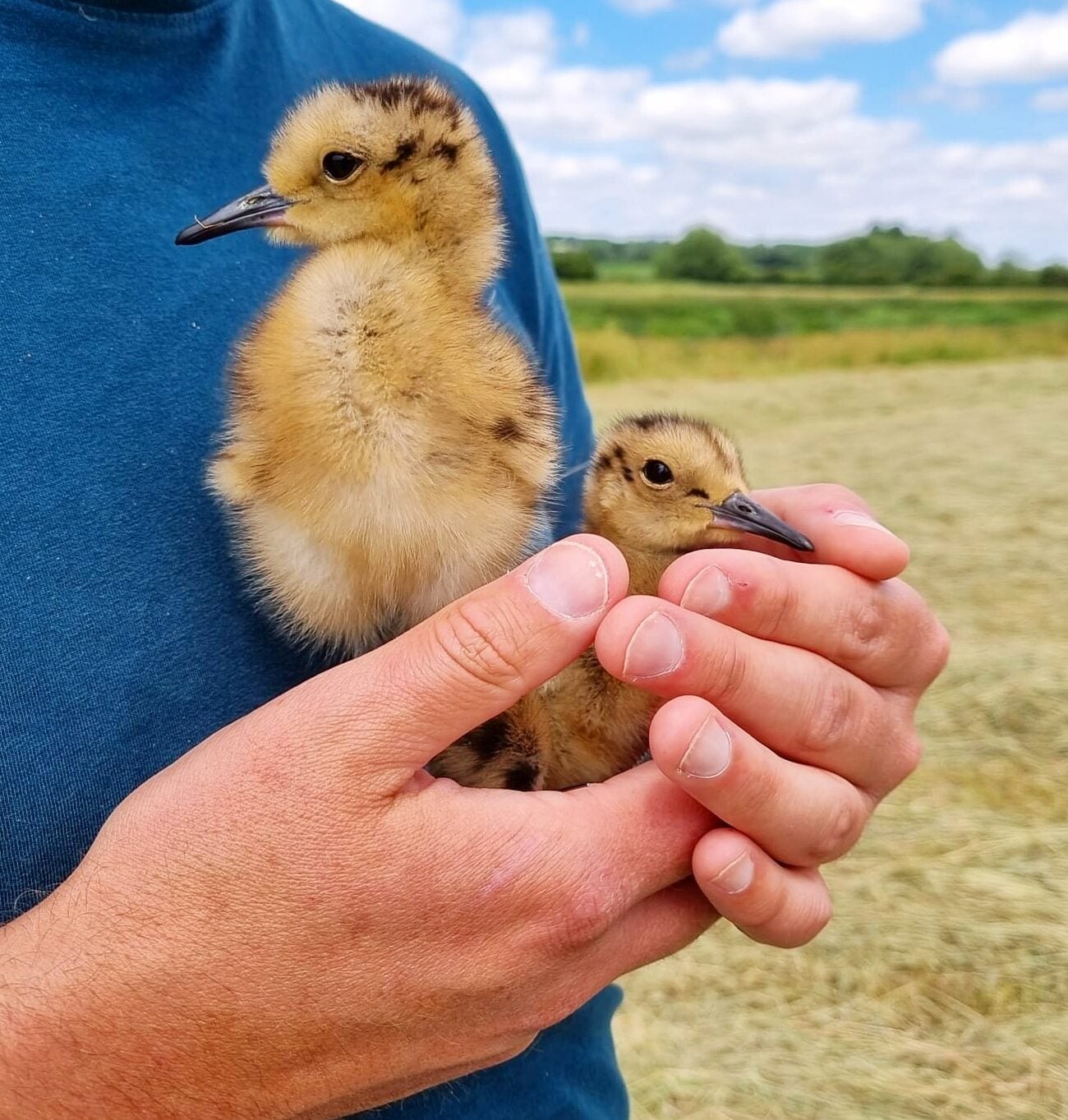
The UK has lost over half its breeding curlew population in the last twenty years, a staggering 119,000 birds, which equates to 5,500 fewer curlews each year. In some of their former strongholds the decline is breathtaking. In Ireland, numbers have plummeted by over 98%, in Northern Ireland by 90%, and by over 80% in Wales. The Eurasian Curlew has the dubious accolade of being “the most pressing bird conservation priority in the UK.”
The question is…why?
The answer is anything but simple. In this multi-use, crowded, highly managed island things change very quickly, and particularly so over the twentieth century.
Land has been acquired for farming, housing and industry, agricultural practices have changed radically to meet an increasing demand for ever greater quantities of cheap food and infrastructure has spread more widely to meet the growing demands for goods and services. The frequent cutting of grass for silage is a particular problem, but so too can be stocking densities, sheep that eat eggs (yes they really do!) and disturbance from machinery and people.
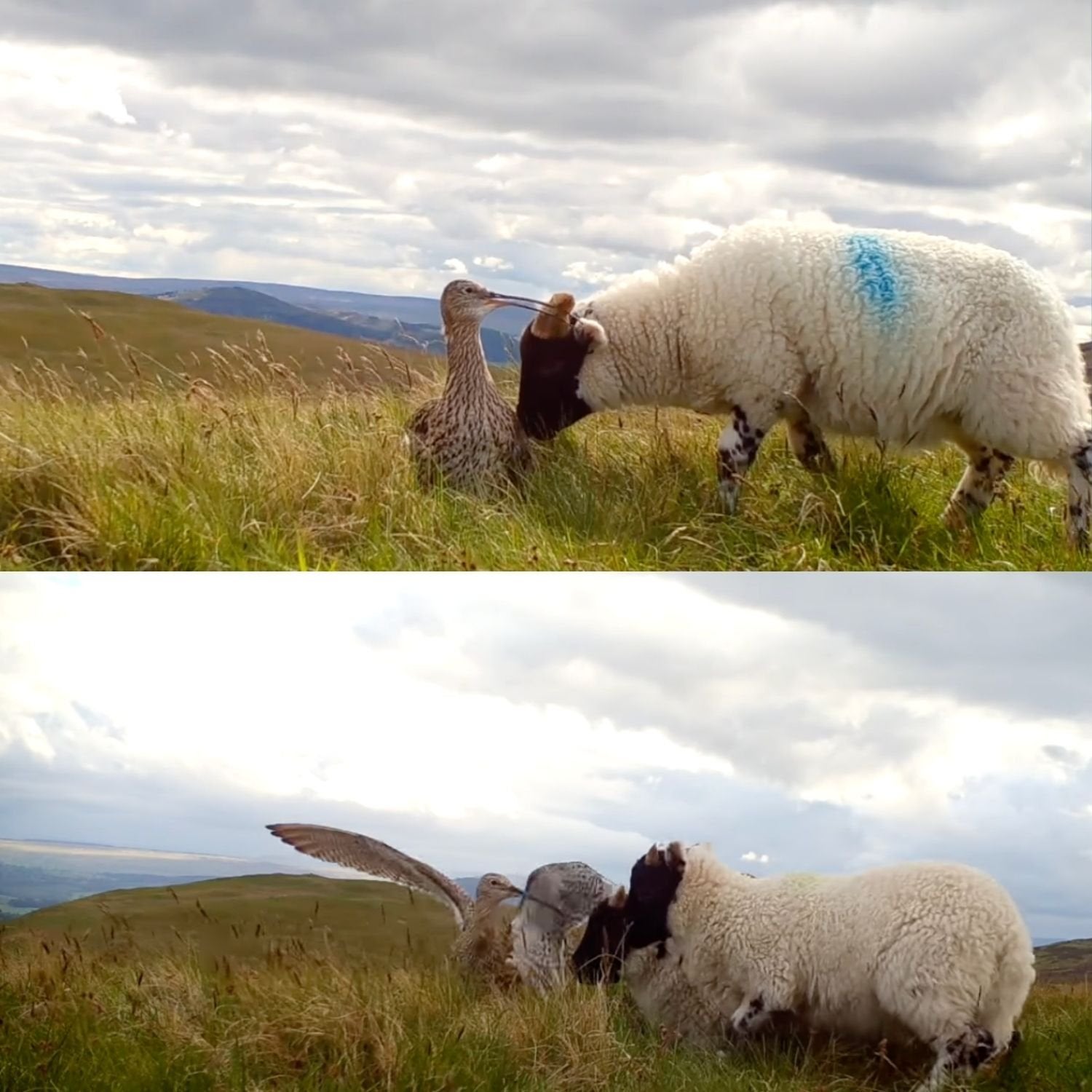
Add to this mix the measures needed to mitigate climate change, such as the rapid spread of forestry, which takes out breeding areas and harbours predators like foxes and crows, which also do very well in our urban and disrupted landscapes, and it is easy to see how wildlife that needs space to thrive is being squeezed out. This toxic mix affects many species, but particularly ground nesting birds like curlews.
These issues are replicated across Europe, with few countries seeing thriving populations.
The good news is there is a lot of love for Curlews in the UK, and a tangible will to see them return. There are now many projects dedicated to solving the issues and testing ways for curlews and people to live together. I feel fortunate to be in the middle of this activity as Director of my own charity, Curlew Action, and chair of the government supported Curlew Recovery Partnership England.
Advocation and Education
Together we cover all bases such as influencing agricultural policy, advocating for curlews in different sectors, raising awareness and education.
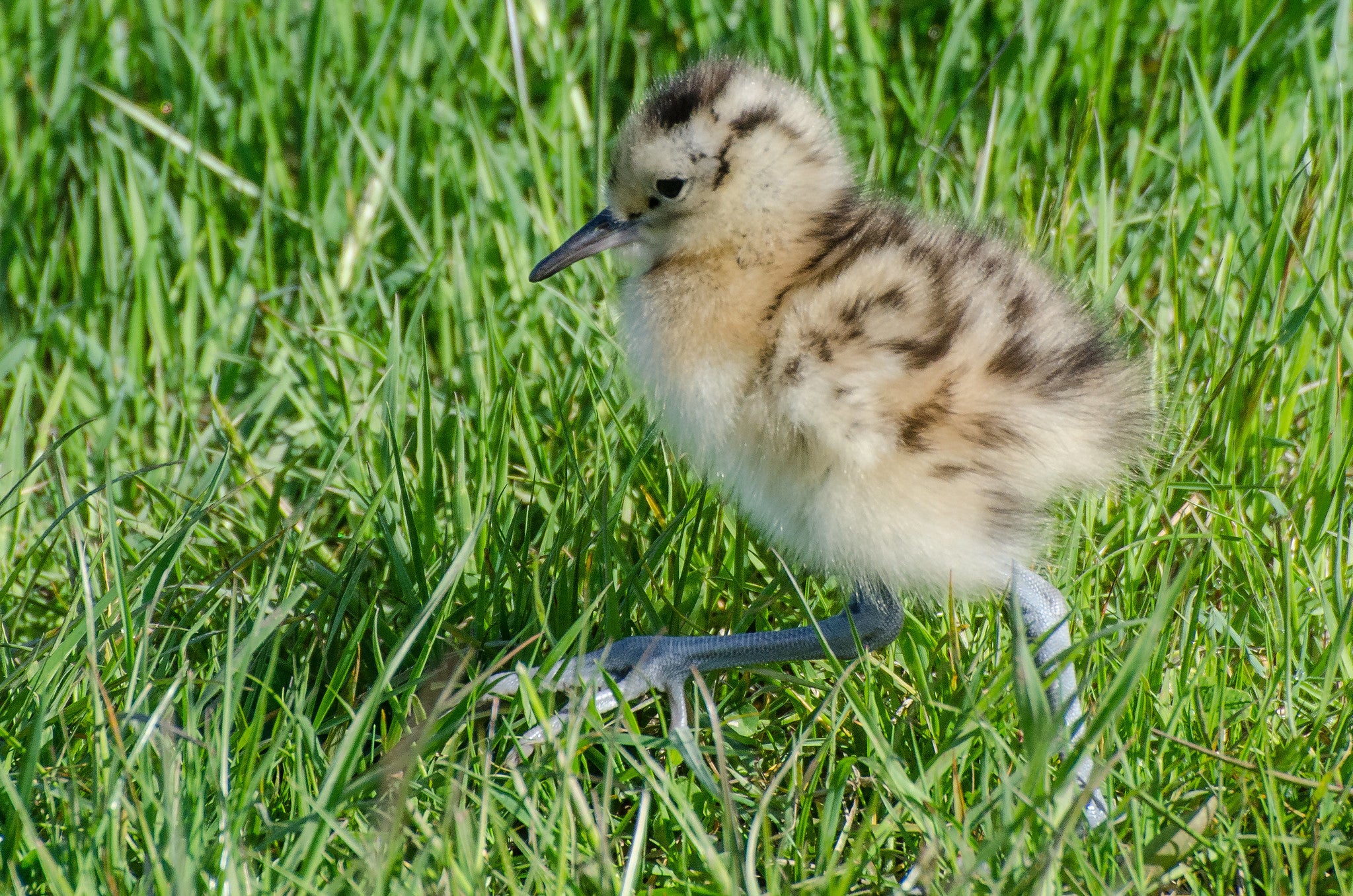
Curlews are precious birds, but wherever they are found face threats, I know the Long-billed does too. They are not alone, wildlife is losing out to human pressures all over the world, but we can, and I believe will, change things for the better. Because a world without curlews is not one I can contemplate.
This article is part of our 2023 end of the year newsletter! View the full newsletter here, or click “older posts” to read the next article.
Make sure you don’t miss out on IBO news! Sign up to get our email updates.
